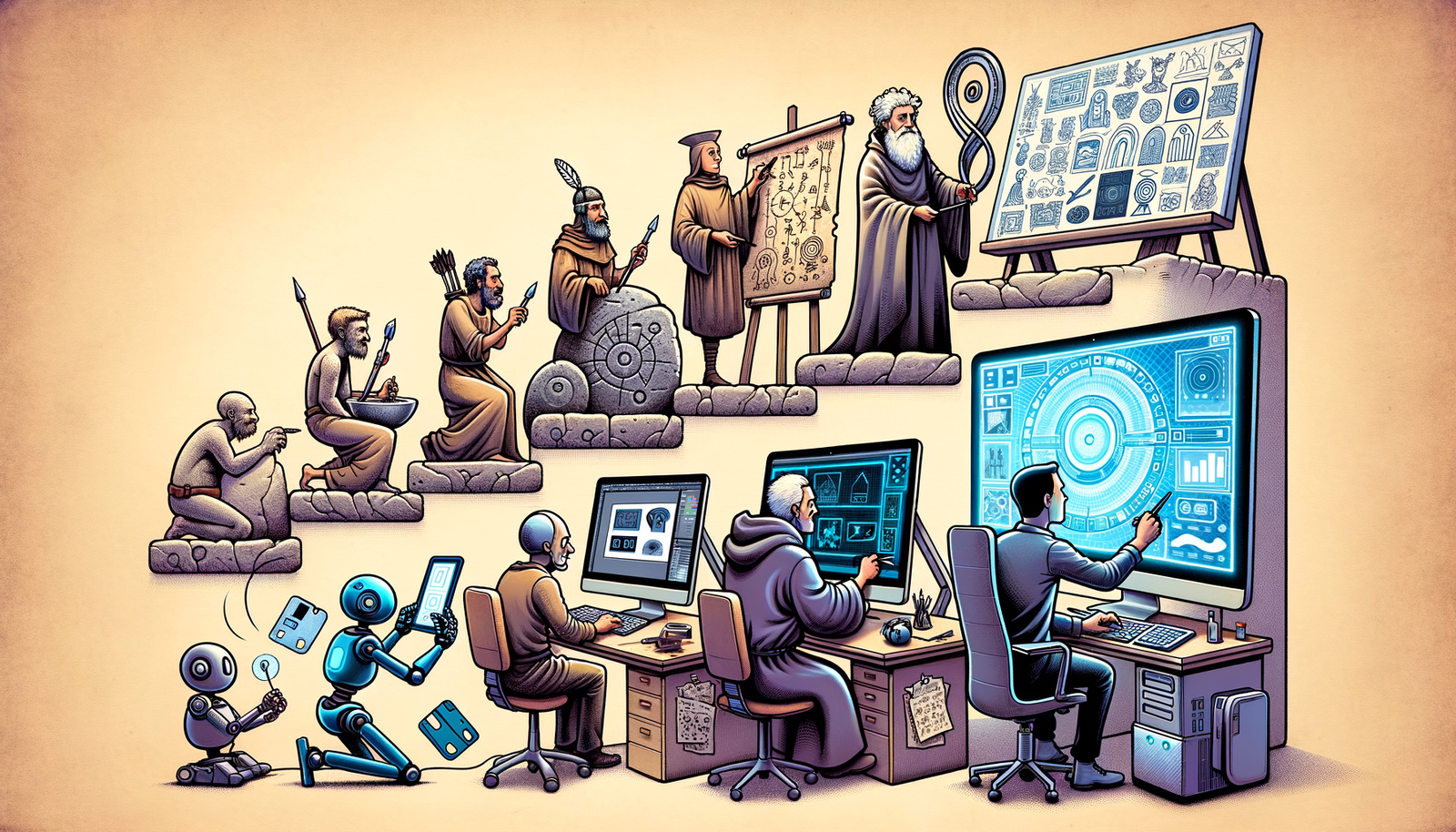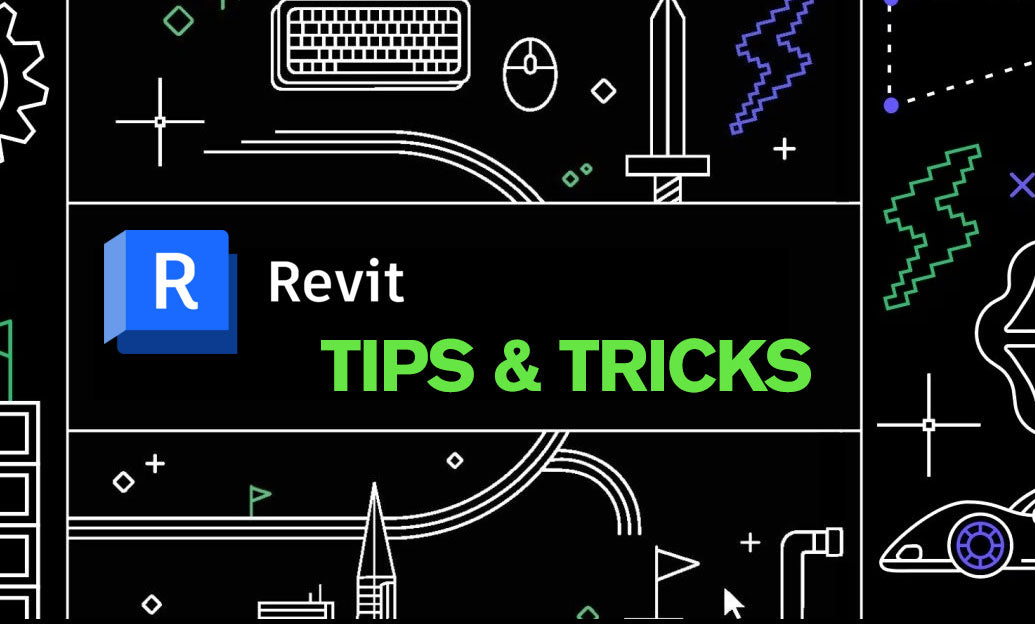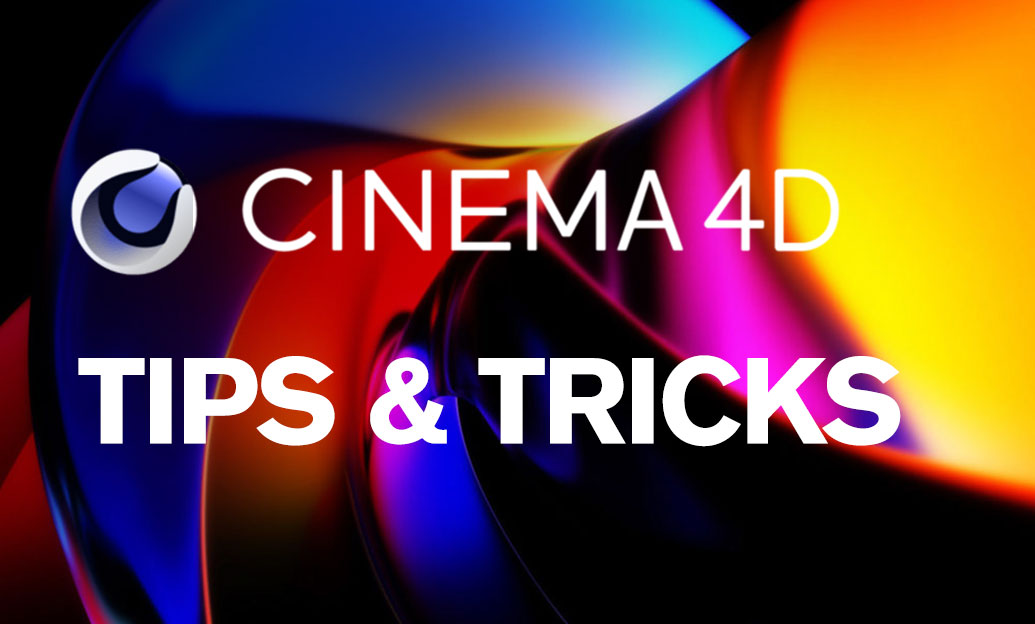Your Cart is Empty
Customer Testimonials
-
"Great customer service. The folks at Novedge were super helpful in navigating a somewhat complicated order including software upgrades and serial numbers in various stages of inactivity. They were friendly and helpful throughout the process.."
Ruben Ruckmark
"Quick & very helpful. We have been using Novedge for years and are very happy with their quick service when we need to make a purchase and excellent support resolving any issues."
Will Woodson
"Scott is the best. He reminds me about subscriptions dates, guides me in the correct direction for updates. He always responds promptly to me. He is literally the reason I continue to work with Novedge and will do so in the future."
Edward Mchugh
"Calvin Lok is “the man”. After my purchase of Sketchup 2021, he called me and provided step-by-step instructions to ease me through difficulties I was having with the setup of my new software."
Mike Borzage
Design Software History: Evolution of Design Software in Storyboarding and Animation: Milestones, Key Innovators, and Future Directions
April 03, 2025 8 min read


Introduction to the Evolution of Design Software for Storyboarding and Animation
Storyboarding and animation have long stood as cornerstones in the realms of design and media industries, fundamentally shaping how stories are visualized and brought to life. The evolution of these fields has been profoundly influenced by advancements in design software, which have transformed traditional, labor-intensive workflows into streamlined processes that enhance both efficiency and creativity. The journey from hand-drawn sketches to sophisticated digital animations reflects a relentless pursuit of technological innovation aimed at enhancing artistic expression. Pioneering companies such as Walt Disney Studios set early benchmarks in animation excellence, while visionary individuals like Ivan Sutherland and John Whitney laid the foundational technologies that propelled computer graphics into a new era. This exploration delves into the significant milestones and technological breakthroughs that have shaped design software for storyboarding and animation, highlighting the integral roles played by key individuals and corporations in this fascinating evolution.
Early Beginnings and Innovations
Historic Frameworks
The origins of modern storyboarding and animation can be traced back to the early 20th century, where the ambition to create moving images led to groundbreaking innovations. Walt Disney Studios, founded in 1923, was instrumental in pioneering techniques that would revolutionize animation. One of their most significant contributions was the development of the multiplane camera in the 1930s. This ingenious device allowed animators to create a sense of depth and three-dimensionality by layering multiple planes of artwork and moving them independently. The multiplane camera enabled the separation of background, foreground, and middle-ground elements, producing a parallax effect that added realism to animated scenes. This innovation not only enhanced the visual storytelling of films like "Snow White and the Seven Dwarfs" but also set new industry standards.
The impact of the multiplane camera extended beyond its technical capabilities; it represented a shift towards embracing technology to expand artistic possibilities. The ability to manipulate different layers independently allowed for more complex and engaging narratives. This period marked a significant transformation in the animation industry, emphasizing the importance of technological advancements in storytelling. Early animators recognized that evolving their tools was essential to captivate audiences and convey more profound narratives. The innovations of Walt Disney Studios laid a foundation that would influence countless other studios and set the stage for future technological integration in animation and storyboarding.
Influential Figures
The advancement of design software owes much to visionary individuals who foresaw the potential of computers in creative fields. Ivan Sutherland, often referred to as the father of computer graphics, made a monumental contribution with his creation of Sketchpad in 1963. Sketchpad was the first program to utilize a graphical user interface, allowing users to interact directly with the computer through a light pen to draw and manipulate objects on the screen. This innovation laid the groundwork for interactive computer graphics and demonstrated that computers could be powerful tools for designers and artists, not just for calculations. Sutherland's work paved the way for the development of more sophisticated graphics software, fundamentally changing how designers approached their craft.
Another key figure, John Whitney, is celebrated for his pioneering work in digital animation and his role in integrating art with technology. In the 1960s, Whitney utilized analog computers to create mesmerizing visual compositions, exploring the intersection of motion graphics and music. His experiments with computer-generated imagery led to the production of some of the earliest examples of digital animation. Whitney's approach was innovative; he saw the computer as a new artistic medium capable of producing visual experiences unattainable through traditional means. His contributions demonstrated the vast potential of computers in animation and influenced future generations of animators and software developers.
These influential figures underscored the importance of thinking beyond conventional methods and embracing emerging technologies. Their work highlighted the untapped potential of computers as creative tools and set the stage for the development of the sophisticated design software used in storyboarding and animation today. The legacy of Sutherland and Whitney is evident in the intuitive interfaces and powerful capabilities of modern animation software, which continue to push the boundaries of artistic expression.
Key Developments in Design Software
Technological Advancements
The evolution of design software for animation witnessed a significant leap with the development of Computer Graphics Interface (CGI) technology. CGI introduced the ability to create complex, lifelike images and animations using computers, revolutionizing the way visual content was produced. The integration of CGI into storyboarding software transformed the pre-production process, enabling animators to construct detailed and dynamic scenes with greater ease. This technology allowed for precise control over elements such as lighting, textures, and camera movements, which was previously unattainable with traditional methods.
The emergence of powerful software tools played a pivotal role in advancing animation capabilities. Adobe After Effects, released in the early 1990s, became a staple for motion graphics and visual effects, offering robust features for compositing and animation. Its intuitive interface and extensive toolkit enabled artists to create complex animations and seamless transitions, enhancing storytelling through visual impact. Toon Boom, another significant player, specialized in 2D animation software that streamlined the production pipeline from initial sketches to final output. Its software, like Toon Boom Harmony, provided tools for traditional frame-by-frame animation as well as cut-out animation, catering to a wide range of artistic styles.
Autodesk Maya emerged as a leading 3D animation and modeling software, renowned for its versatility and powerful rendering capabilities. Maya offered animators the ability to create intricate 3D models, animate them with precision, and render photorealistic scenes. Its adoption across the film, television, and gaming industries underscored the increasing demand for high-quality 3D content. These technological advancements collectively expanded the creative horizons for animators, providing them with sophisticated tools that enhanced both the efficiency and quality of their work.
Impact of Major Companies
The influence of major companies in the animation and software industries cannot be overstated. Pixar Animation Studios, founded in 1986, revolutionized animation with its commitment to combining cutting-edge technology with compelling storytelling. The development of Pixar's RenderMan software was a game-changer, providing a high-quality rendering engine capable of producing photorealistic images. RenderMan's ability to handle complex light simulations, textures, and shading made it an invaluable tool not only for Pixar but also for other studios that adopted the software. Its contribution was pivotal in the production of landmark films such as "Toy Story," the first feature-length film entirely animated with CGI.
Adobe Systems, established in 1982, significantly impacted the creative industry by providing a suite of versatile tools that became essential for artists and designers. Software like Adobe Photoshop and Illustrator set industry standards for image editing and vector graphics, respectively. Adobe's continuous innovation led to the development of integrated solutions that enhanced workflow efficiency. Their commitment to accessibility and user-friendly interfaces allowed a broader range of creatives to engage with complex design tasks, fostering a more inclusive and dynamic artistic community.
The contributions of these major companies extended beyond their products. They invested in research and development, pushing the boundaries of what technology could achieve in the creative realm. Furthermore, they nurtured talent and set new benchmarks for quality and innovation in animation and design. Their influence shaped industry practices and inspired emerging companies and individuals to pursue excellence in design software development.
Contemporary Trends and Future Directions
Current Software Landscape
Today, the software landscape for storyboarding and animation is more diverse and advanced than ever before. Tools like Storyboard Pro have become integral in bridging the gap between initial concept and final production. Storyboard Pro offers a comprehensive set of features that allow artists to create detailed storyboards with camera movements, transitions, and annotations, streamlining the pre-production process. Synfig Studio, an open-source 2D animation software, provides access to professional-grade tools without the barrier of high costs, promoting greater inclusivity and fostering a global community of animators.
One of the most notable trends in contemporary software is the implementation of real-time rendering. This advancement significantly reduces the time required to render animations, enabling artists to see immediate results of their work and make rapid adjustments. Real-time rendering enhances productivity and allows for more iterative and experimental approaches to animation. Additionally, the integration of Virtual Reality (VR) and Augmented Reality (AR) technologies has opened new horizons for immersive storytelling. Animators and designers are now able to create experiences that transcend traditional screens, engaging audiences in interactive environments that offer unparalleled levels of immersion.
To illustrate the impact of these trends, consider the following enhancements in modern software:
- Advanced Simulation Tools: Software now includes sophisticated physics engines that simulate realistic movements of fluids, fabrics, and particles, adding authenticity to animations.
- Cross-Platform Compatibility: Modern applications are designed to work seamlessly across different devices and operating systems, facilitating easier collaboration and workflow integration.
Looking Forward
Looking ahead, the future of design software in storyboarding and animation is poised for transformative developments. The integration of AI-driven animation stands at the forefront of emerging trends. Artificial Intelligence and machine learning algorithms are increasingly being used to automate tedious tasks, such as in-betweening in animation, where AI generates the frames between key poses. This not only accelerates the production process but also allows artists to focus more on the creative aspects of their work. AI is also being explored for generating procedural content, adapting animations to different styles, and even assisting in story development through predictive analytics.
Another significant trend is the shift towards cloud-based collaboration. As remote work becomes more prevalent, software solutions are evolving to support real-time collaboration among team members across different locations. Cloud platforms enable artists to access powerful computing resources without the need for expensive hardware, democratizing access to high-end animation tools. This increased accessibility fosters innovation and allows for a more diverse range of voices and talents to contribute to the industry.
Speculating on future innovations, potential developments include:
- Hyper-realistic Simulations: Advances in computing power may allow for simulations that are indistinguishable from real-life, revolutionizing visual effects and animation realism.
- Integration of Neural Interfaces: Emerging technologies might enable direct brain-to-computer interfaces, allowing creators to conceptualize and manipulate designs through thought alone.
Conclusion
The evolution of design software for storyboarding and animation is a testament to the synergistic relationship between technological innovation and artistic ambition. From the pioneering techniques of the multiplane camera introduced by Walt Disney Studios to the groundbreaking developments of Sketchpad by Ivan Sutherland and the digital explorations of John Whitney, each breakthrough has propelled the industry forward. These advancements have transformed animation from a painstaking manual process into a sophisticated digital art form capable of producing richly detailed and emotionally resonant narratives.
The ongoing evolution of design software underscores the importance of embracing new technologies to enhance creative processes. As we reflect on the historical journey, it is evident that innovation in software has not only streamlined workflows but also expanded the horizons of what is artistically achievable. The lessons learned from this history emphasize the necessity of adaptability and the willingness to explore uncharted technological territories.
Looking to the future, the continued integration of advanced technologies such as AI, VR/AR, and cloud collaboration promises to further revolutionize storyboarding and animation. These tools hold the potential to make the creative process more efficient, accessible, and immersive. As the industry progresses, the fusion of human creativity with technological advancements will undoubtedly lead to new forms of storytelling and visual experiences, shaping the way we perceive and engage with animated content for years to come.
Also in Design News

Revit Tip: Cut Geometry Best Practices for Openings and Model Coordination
November 29, 2025 2 min read
Read More
V-Ray Tip: Precompute Irradiance Map and Light Cache for Stable Animation GI
November 29, 2025 2 min read
Read MoreSubscribe
Sign up to get the latest on sales, new releases and more …



